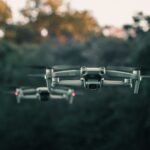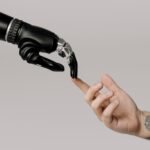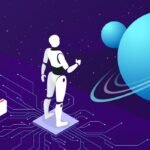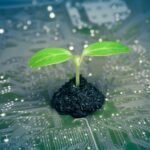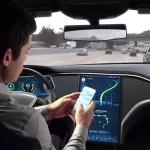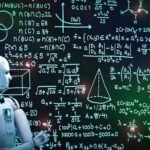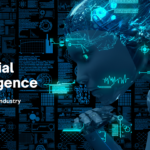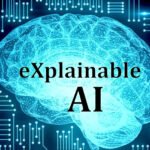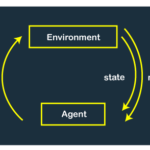AI in Plant Breeding: AI-powered techniques for crop improvement and breeding.
In a world grappling with the challenges of a growing population, climate change, and dwindling resources, the role of agriculture has never been more critical. The quest to develop resilient and high-yielding crop varieties is at the forefront of ensuring food security and sustainability. Enter artificial intelligence (AI), a powerful tool that is transforming the landscape of plant breeding. By harnessing the capabilities of AI, researchers and farmers are poised to revolutionize crop improvement, creating a greener and more prosperous future for all.
The Evolution of Plant Breeding
Traditionally, plant breeding has been a meticulous and time-consuming process. It involves selecting and crossbreeding plants with desirable traits over multiple generations to create improved varieties. This approach has brought us countless agricultural successes, but the urgency of addressing global challenges requires a more accelerated and precise methodology.
AI steps in as a game-changer by supercharging the breeding process. It empowers researchers with the ability to analyze vast amounts of data, predict outcomes, and make informed decisions faster than ever before.
Data-Driven Insights
One of AI’s strengths lies in its ability to process and make sense of complex datasets. In plant breeding, this translates to analyzing genomic information, environmental conditions, historical performance, and even molecular interactions. AI algorithms can uncover subtle relationships between genes and traits, helping breeders identify genes associated with disease resistance, drought tolerance, yield potential, and nutritional content.
By pinpointing the genetic markers linked to these traits, breeders can create targeted breeding plans, reducing the trial-and-error cycle and significantly accelerating the development of new varieties.
Predictive Modeling and Simulation
AI’s predictive capabilities also play a pivotal role in plant breeding. Through machine learning algorithms, researchers can create models that simulate how different crops will respond to various environmental conditions and management practices. These simulations provide insights into a crop’s potential performance, helping farmers make informed decisions about planting, irrigation, and fertilization.
Such simulations are particularly crucial in a changing climate, where understanding how crops will react to shifting conditions can be the difference between a successful harvest and a crop failure.
Customizing Crops for Local Conditions
One of AI’s most promising applications in plant breeding is its capacity to create tailor-made crops for specific regions and conditions. Every agricultural environment is unique, and what works for one area might not be optimal for another. AI-powered tools can analyze local soil properties, climate patterns, and historical data to suggest crop varieties that are best suited for a particular location.
This level of precision ensures not only higher yields but also a reduction in resource wastage, as farmers can optimize inputs based on the specific needs of their crops.
Ethical and Environmental Considerations
As with any technological advancement, the integration of AI in plant breeding comes with ethical and environmental considerations. Ensuring that AI-generated crop varieties are safe for consumption, environmentally sustainable, and economically viable is of paramount importance. Transparency in the decision-making process, open sharing of data, and involving stakeholders are vital steps in addressing these concerns.










